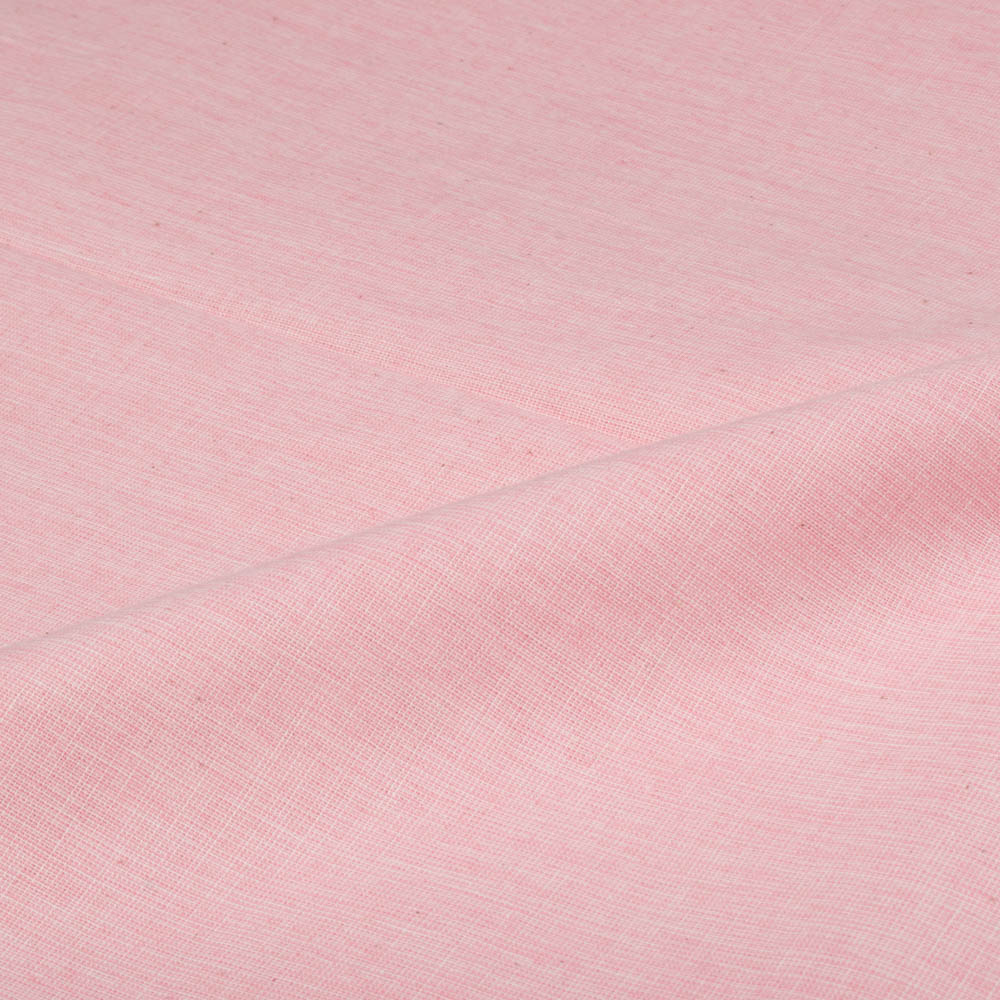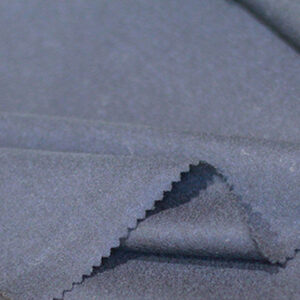Is Cotton Eco-Friendly Compared to Chambray?
Introduction
In the world of textiles, understanding fabric compatibility is essential for both fashion designers and home sewers. Cotton and chambray are two popular fabrics often considered for their eco-friendliness and versatility. In this article, we’ll explore whether cotton is more eco-friendly than chambray and what makes these fabrics suitable for various applications.
Eco-Friendliness of Cotton vs. Chambray
Cotton: A Natural Fiber
Cotton is a natural fiber derived from the cotton plant, known for its softness, breathability, and comfort. It is biodegradable and renewable, making it an eco-friendly choice when sourced sustainably. Organic cotton, in particular, is grown without harmful pesticides and chemicals, reducing its environmental impact.
Chambray: A Versatile Weave
Chambray, often mistaken for denim, is a lightweight fabric typically made from cotton or a blend of cotton and other fibers. Its eco-friendliness largely depends on the materials used in its production. When made entirely from organic cotton, chambray can be as eco-friendly as pure cotton.
Cotton vs. Chambray: Eco-Friendliness Verdict
The eco-friendliness of cotton and chambray largely depends on their production methods. Organic cotton is generally more sustainable than conventional cotton due to reduced chemical use. Chambray can be equally eco-friendly if made from organic cotton.
Fabric Properties Comparison Table
| Property | Cotton | Chambray |
|---|---|---|
| Fiber Content | Natural | Natural/Synthetic Blend |
| Weight and Thickness | Lightweight to Medium | Lightweight |
| Breathability | High | High |
| Stretch and Elasticity | Low | Low |
| Wrinkle Resistance | Moderate | Low |
| Care Instructions | Machine Washable | Machine Washable |
| Durability | High | Moderate to High |
Benefits of Choosing Eco-Friendly Fabrics
Environmental Impact
Choosing eco-friendly fabrics like organic cotton and chambray reduces the environmental footprint. Organic cotton farming uses less water and fewer chemicals, promoting healthier ecosystems.
Comfort and Versatility
Both cotton and chambray offer breathability and comfort, making them suitable for various climates and applications. Chambray’s lightweight nature makes it ideal for summer wear, while cotton’s versatility extends to all seasons.
Design Flexibility
Eco-friendly fabrics provide ample design possibilities for both fashion and home decor. Cotton’s softness and chambray’s textured appearance allow for creative expression in garment construction and interior design.
Potential Challenges
Environmental Concerns
While organic cotton is more sustainable, conventional cotton farming can contribute to soil degradation and water pollution. It’s essential to choose certified organic cotton to ensure eco-friendliness.
Production Practices
Chambray’s eco-friendliness depends on the fibers used in its production. Synthetic blends may reduce its sustainability, so opting for 100% organic cotton chambray is preferable.
Conclusion
In the debate between cotton and chambray’s eco-friendliness, the key lies in their sourcing and production methods. Organic cotton emerges as a more sustainable option, while chambray can be equally eco-friendly when made from organic cotton. By making informed choices, consumers can contribute to a more sustainable fashion industry.


Leave a Reply